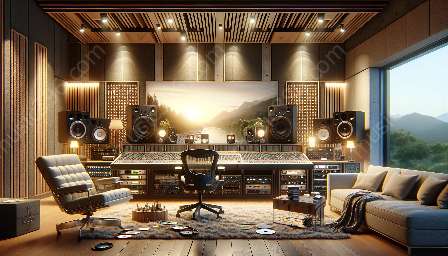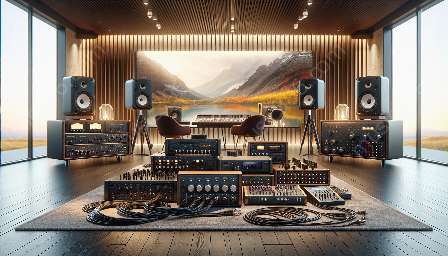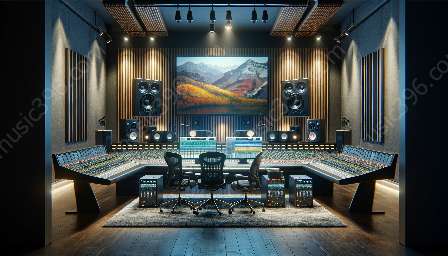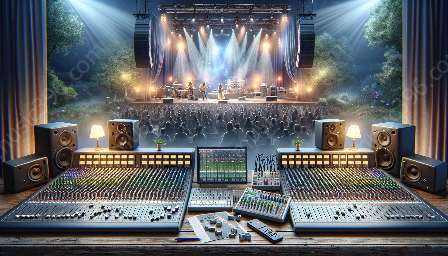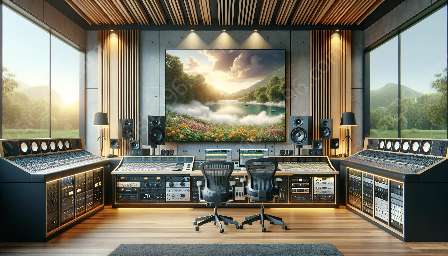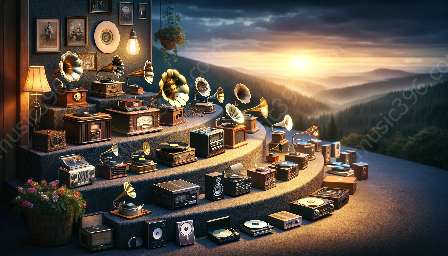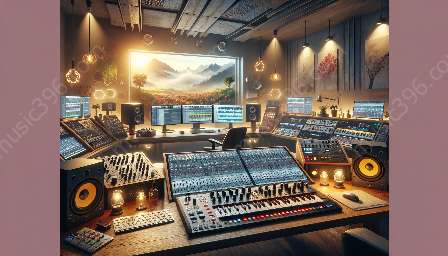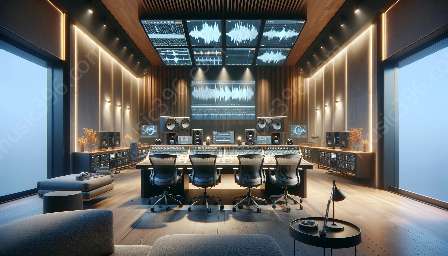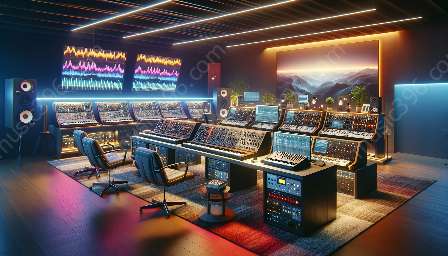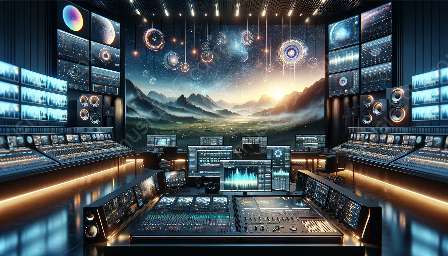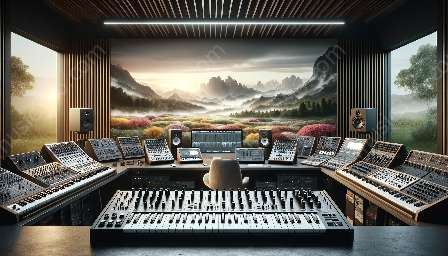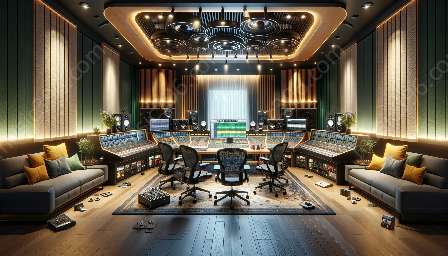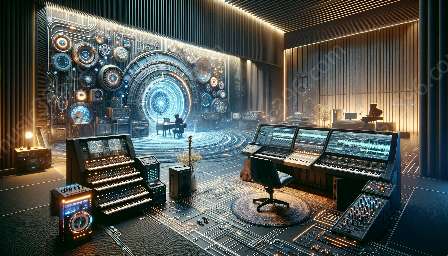Audio production is a complex process that involves recording, mixing, and mastering sound. However, unwanted noise can significantly affect the quality of audio output. Therefore, it's crucial to accurately measure and analyze noise in audio production to ensure high-quality results. This topic cluster will delve into the importance of noise reduction, explore techniques and tools for measuring and analyzing noise, and discuss its compatibility with CDs and audio formats.
Noise in Audio Production
Noise can be defined as any undesirable sound that interferes with the intended audio signal. It can stem from various sources such as electrical interference, background ambiance, microphone self-noise, and equipment imperfections. In audio production, noise can degrade the clarity, dynamics, and overall quality of the recording, resulting in an unsatisfactory listening experience for the audience. Therefore, understanding and managing noise is essential for producing high-fidelity audio.
Measuring Noise
Measuring noise in audio production involves quantifying the amplitude and frequency characteristics of unwanted sound. This process helps in identifying the type and intensity of noise present in the audio signal. Common tools for noise measurement include oscilloscopes, spectrum analyzers, and audio measurement software. These tools allow audio engineers to visualize and analyze the noise content, enabling them to make informed decisions regarding noise reduction strategies.
Analyzing Noise
Once noise is measured, the next step is to analyze its characteristics. This involves identifying the spectral profile, temporal variations, and potential sources of noise. Spectral analysis, using tools such as FFT (Fast Fourier Transform), helps in dissecting the frequency components of noise, while time-domain analysis reveals the temporal patterns and fluctuations. By thoroughly analyzing noise, audio professionals can devise effective noise reduction techniques tailored to the specific characteristics of the noise.
Noise Reduction Techniques
There are various techniques for noise reduction in audio production, including gating, filtering, noise suppression, and spectral editing. Gating involves setting threshold levels to attenuate noise during silent passages, while filtering utilizes high-pass, low-pass, or band-pass filters to eliminate specific frequency bands of noise. Noise suppression algorithms employ advanced signal processing to selectively reduce noise without affecting the desired audio content. Additionally, spectral editing tools enable precise manipulation of noise components in the frequency domain, offering granular control over the noise reduction process.
Compatibility with CD and Audio Formats
Noise reduction is particularly important in the context of CD and audio formats. CDs, as a widely used medium for audio distribution, require high-quality audio with minimal noise distortion. By effectively measuring and analyzing noise, audio professionals can ensure that the audio content meets the stringent quality standards for CD production. Furthermore, the compatibility of noise reduction techniques with various audio formats, such as WAV, MP3, and FLAC, is vital for maintaining consistent audio fidelity across different playback platforms.
Conclusion
Measuring and analyzing noise in audio production is a critical aspect of ensuring pristine audio quality. By employing the right tools and techniques for noise measurement, analysis, and reduction, audio professionals can elevate the sonic integrity of their productions. Moreover, understanding the compatibility of noise reduction with CD and audio formats facilitates the creation of immersive and enjoyable listening experiences for audiences worldwide.


